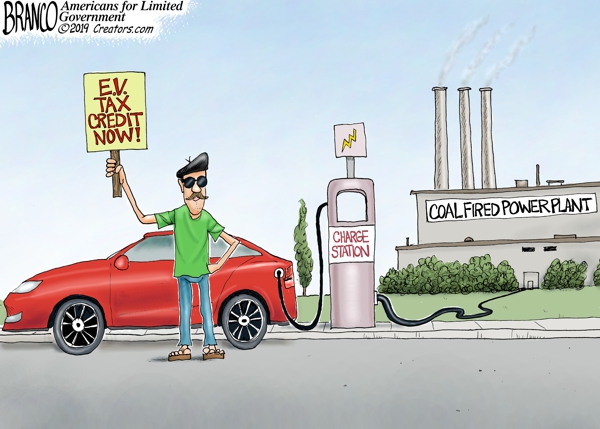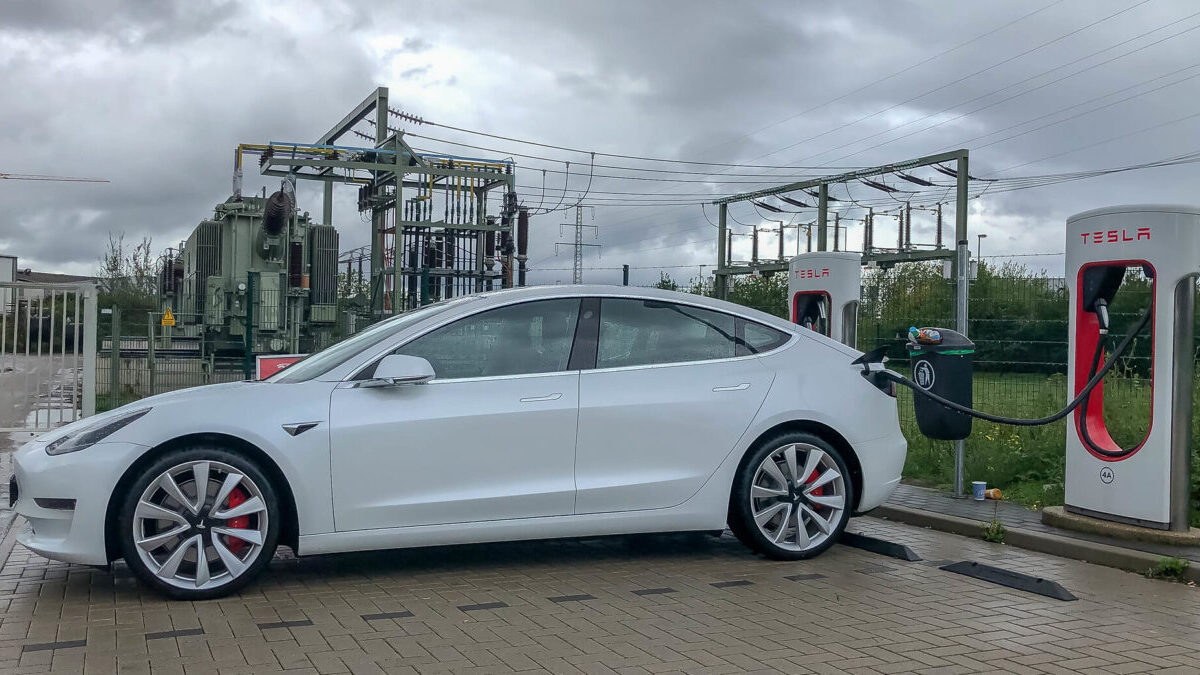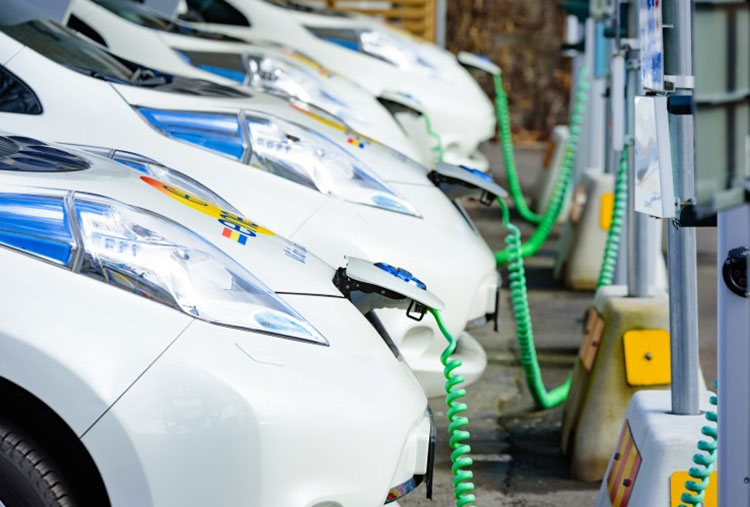The transition to electric vehicles might not kill traditional auto makers after all—as long as they qualify for Washington’s flagship subsidy program.
At an investor day Thursday, General Motors laid bare the economics of its technological shift. The bad news: GM estimated that its operating margins on EVs would still only be in the low to mid-single digits at the end of 2025. That calculation includes sales of regulatory credits for greenhouse-gas emissions, but excludes new tax credits that President Biden signed into law in August as part of the Inflation Reduction Act.
GM also said its capital expenditures would rise to between $11 billion and $13 billion a year through 2025, from $9 billion to $10 billion this year, as it brings forward EV investments. Such numbers play into investors’ fears that Detroit is on a hugely expensive road to a technology that expensive battery metals will make less profitable for years to come.
The good news: GM expects the Inflation Reduction Act to add between $3,500 to $5,500 per vehicle in profit—a transformative 5 to 7 percentage points in margin. Suddenly, EVs could be as profitable as conventional equivalents.
3 Reasons There’s Something Sinister With the Big Push for Electric Vehicles

25 refrigerators.
That’s how much the additional electricity consumption per household would be if the average US home adopted electric vehicles (EVs).
Congressman Thomas Massie—an electrical engineer—revealed this information while discussing with Pete Buttigieg, the Secretary of Transportation, President Biden’s plan to have 50% of cars sold in the US be electric by 2030.
The current and future grid in most places will not be able to support each home running 25 refrigerators—not even close. Just look at California, where the grid is already buckling under the existing load.
Massie claims, correctly, in my view, that the notion of widespread adoption of electric vehicles anytime soon is a dangerous fantasy based on political science, not sound engineering.
Nonetheless, governments, the media, academia, large corporations, and celebrities tout an imminent “transition” to EVs as if it’s preordained from above.
It’s not.

























